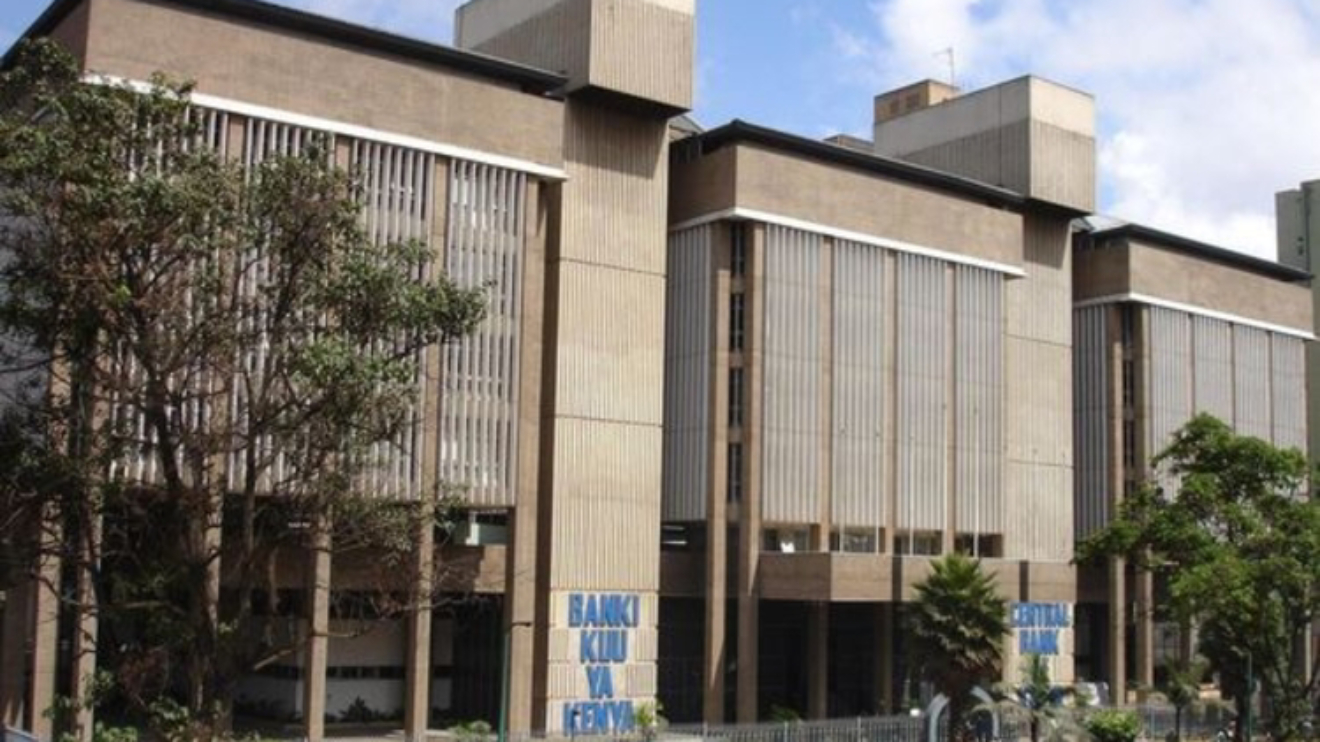KCB Group has posted a resilient performance for the first half of 2025, with strong loan growth, steady profitability, and improved asset quality that paved the way for the lender’s largest-ever mid-year dividend.
The bank announced a combined Sh13 billion payout to shareholders, split between an interim dividend of Sh2 per share and a special dividend of Sh2 per share arising from the National Bank of Kenya (NBK) divestiture.
This bold move signals confidence in the financial institution’s capital base and future growth trajectory.
Loan Uptake
At the core of KCB’s performance was a steady increase in lending with the Group’s loan book expanding to Sh1.18 trillion, which reflected a 2.8 per cent year-on-year increase.
Read More
Stripping out the NBK impact, loan growth stood at a healthier 12 per cent, accentuating demand across corporate, retail, and SME segments despite a tough operating environment marked by high interest rates and inflationary pressures.
This lending momentum translated into a robust net interest income of Sh69.1 billion, up from Sh61.3 billion in the same period in 2024, boosted by improved yields and higher loan volumes.
KCB Group CEO Paul Russo told investors that lending demand remained strong across regional markets, even as the Kenyan bank maintained a cautious eye on credit risk.
“The business across markets remains resilient despite the tough operating environment,” said Russo.
He added: “We have placed our customers at the fore, ensuring we extend credit responsibly while supporting growth.”
Profitability amid Pressure
Profit after tax grew 8 per cent to Sh32.3 billion, driven by growth in both funded and non-funded income lines despite continued macroeconomic headwinds in Kenya and the region.
Non-funded income was maintained by fees from digital channels, trade finance, and cross-border operations.
In fact, regional subsidiaries contributed 33.4 per cent of Group profit before tax and 31.4 per cent of the balance sheet, a testament to the strength of KCB’s pan-African footprint.
NPLs Stabilizing
For years, the Tier-1 financial institution and the sector at large has grappled with a surge in non-performing loans (NPLs), but this first half of 2025 saw the Group witness some relief.
The NPL ratio eased to 18.7 per cent from 19.2 per cent in 2024, with the NPL stock at Sh221.1 billion.
While the NPLs still remain high, the decline points to a gradual improvement in credit quality as the bank implements robust restructuring efforts and strategic recoveries.
Analysts note that NPLs remain one of the most critical challenges being experienced by the banking industry, but KCB Group’s modest improvement offers some cautious optimism.
Stronger Capital & Liquidity
KCB’s balance sheet remains fortified with the bank closing the half year with core capital at 17.0 per cent (well above the 10.5 per cent regulatory minimum), total capital at 19.7 per cent (against a 14.5 per cent requirement), and a liquidity ratio of 47.2 per cent.
These buffers not only underpin the bank’s ability to lend more but also support the ambitious dividend policy unveiled in H1.
KCB Group Chairman Dr Joseph Kinyua intimated that the stellar performance and capital strength justified the bank rewarding shareholders with the historic mid-year payout.
“This outcome reflects the resilience of our business and confidence in the future,” said Dr Kinuya.
Kinyua added: “Our regional diversification and digital transformation strategies continue to drive growth and position us strongly for the years ahead.”
Digital Transformation
One of the standout highlights of KCB’s strategy is its digital shift with close to 99 per cent of customer transactions being executed outside branches during the first half of the year.
This is indicative of how digital banking has become the backbone of customer engagement.
KCB also launched a unified mobile app, which features AI-powered onboarding and a mini-app ecosystem designed to create a one-stop platform for financial and lifestyle needs.
This digital pivot has enabled the Group to cut costs, boost efficiency, and tap into new fee revenue streams as it settles boldly and strategically into the second half of the year.
Regional Powerhouse
With subsidiaries across East Africa and beyond, KCB’s diversification continues to pay off with markets outside Kenya delivering nearly a third of profit and balance sheet size, cutting reliance on domestic performance.
This regional strategy has shielded the Group from country-specific risks and allowed it to capture growth opportunities in markets like Uganda, Tanzania, Rwanda, and South Sudan.
Growth Vs Risk
Looking ahead, the KCB leadership signaled cautious optimism anticipating that loan growth witnessed will remain steady, supported by sectors such as trade, infrastructure, and SMEs.
At the same time, the group management acknowledged that asset quality will remain under pressure, requiring prudent risk management and continued provisioning.
“Our performance is anchored on a resilient balance sheet and a strong customer franchise,” said Russo said.
He concluded: “We remain committed to creating long-term value for shareholders and customers while staying alive to the risks in our operating environment.”
Transition Era
KCB’s H1 2025 performance tells a story of a bank in transition fusing its regional presence, banking big on digital, boosting asset quality, and rewarding shareholders like never before.
By balancing growth with caution, and shareholder returns with long-term sustainability, the lender has positioned itself to weather today’s hurdles and lead in shaping Kenya and the region’s financial future.







